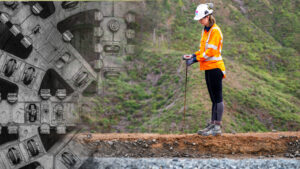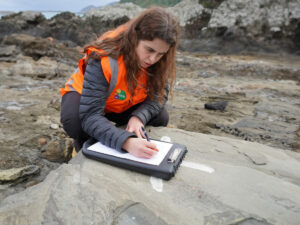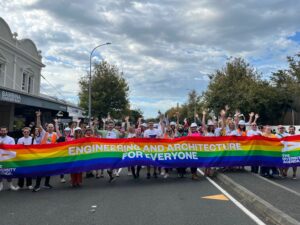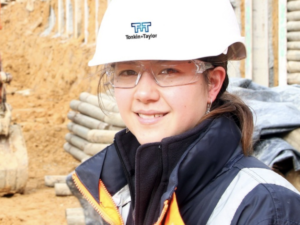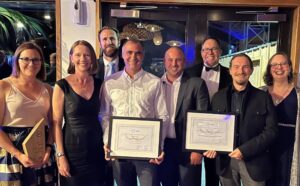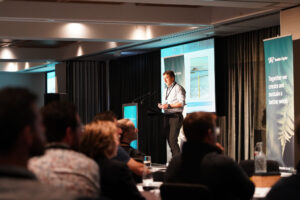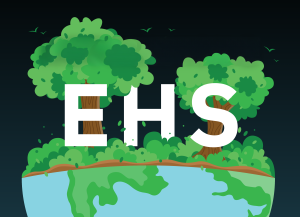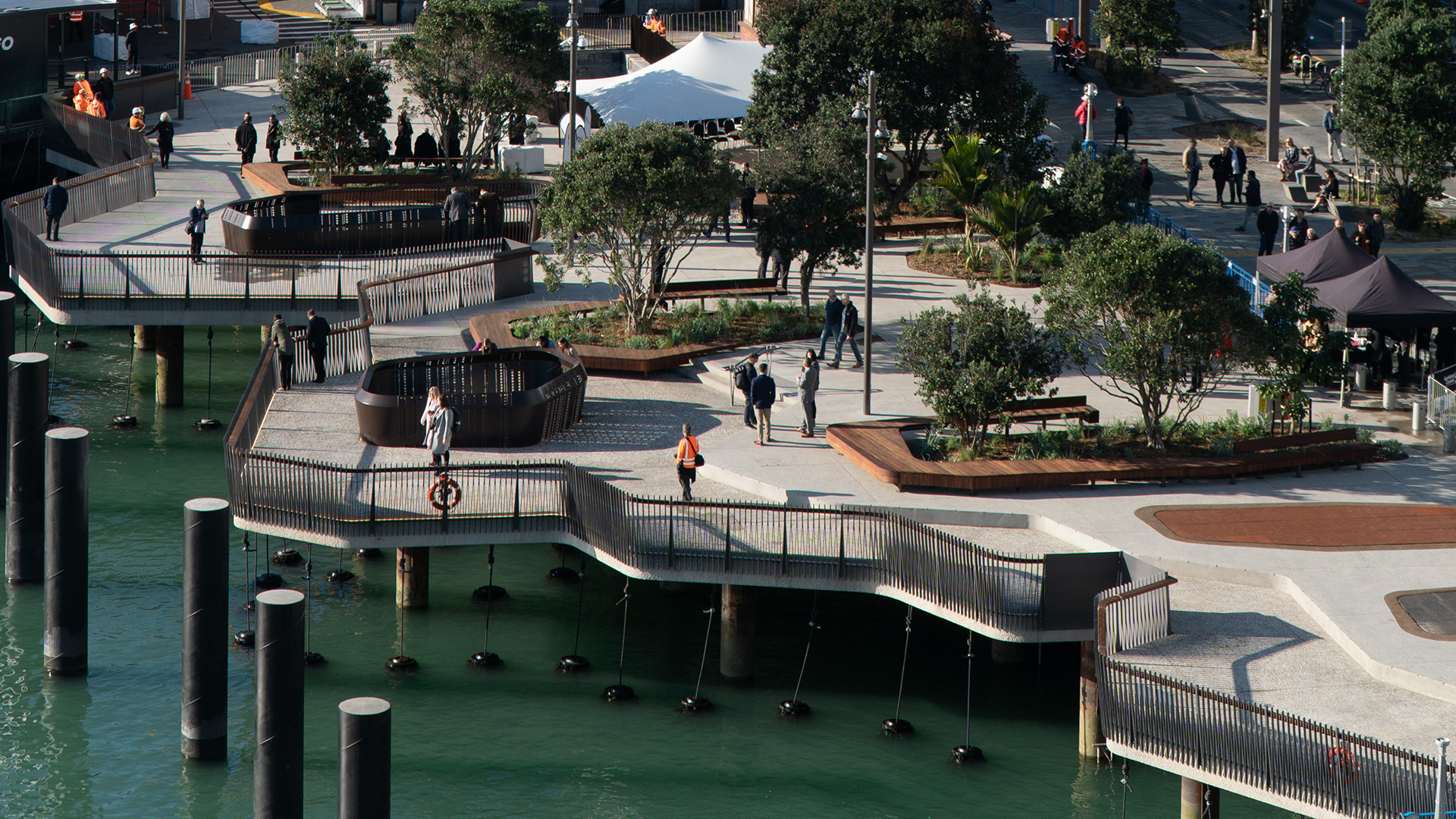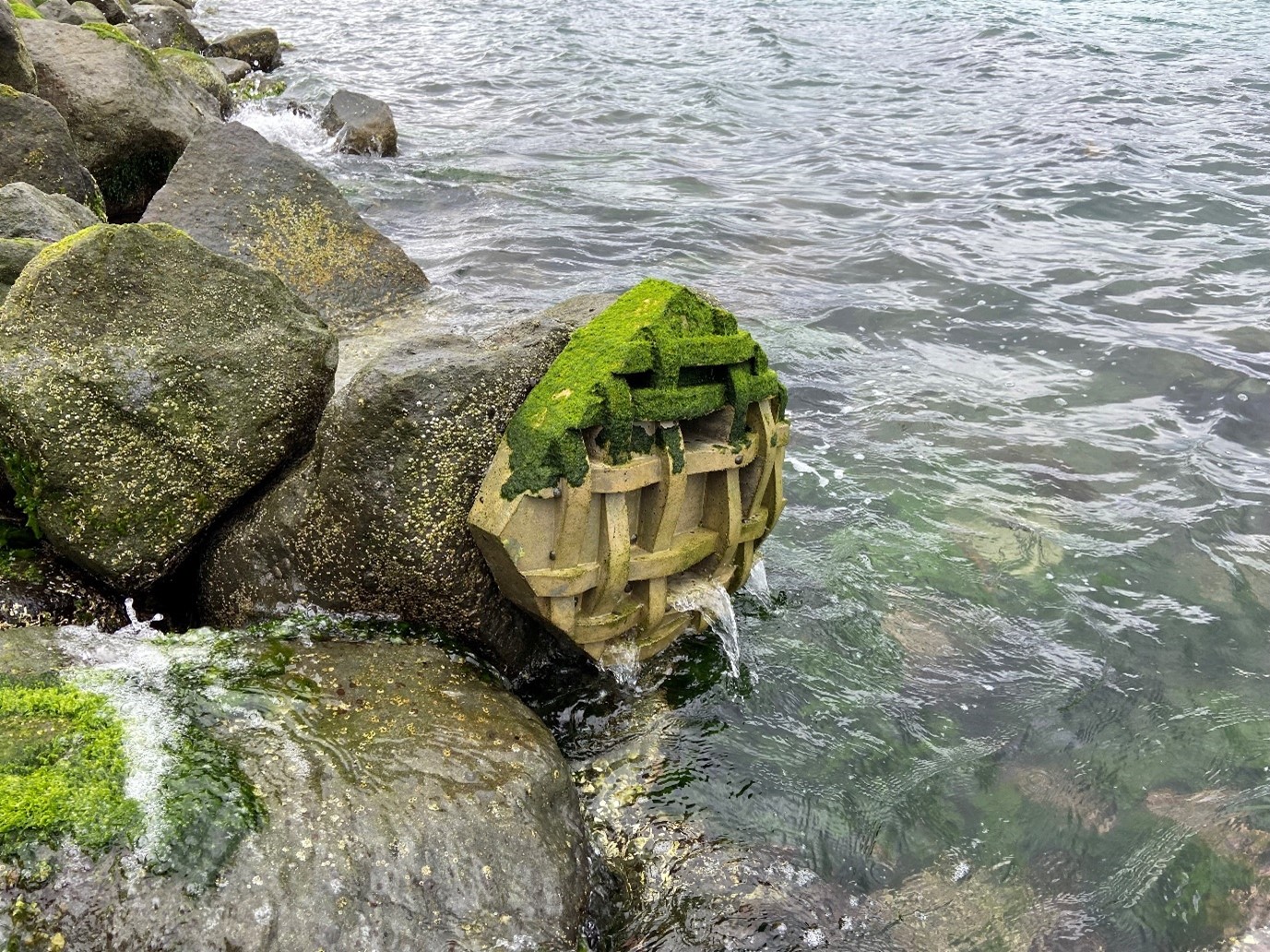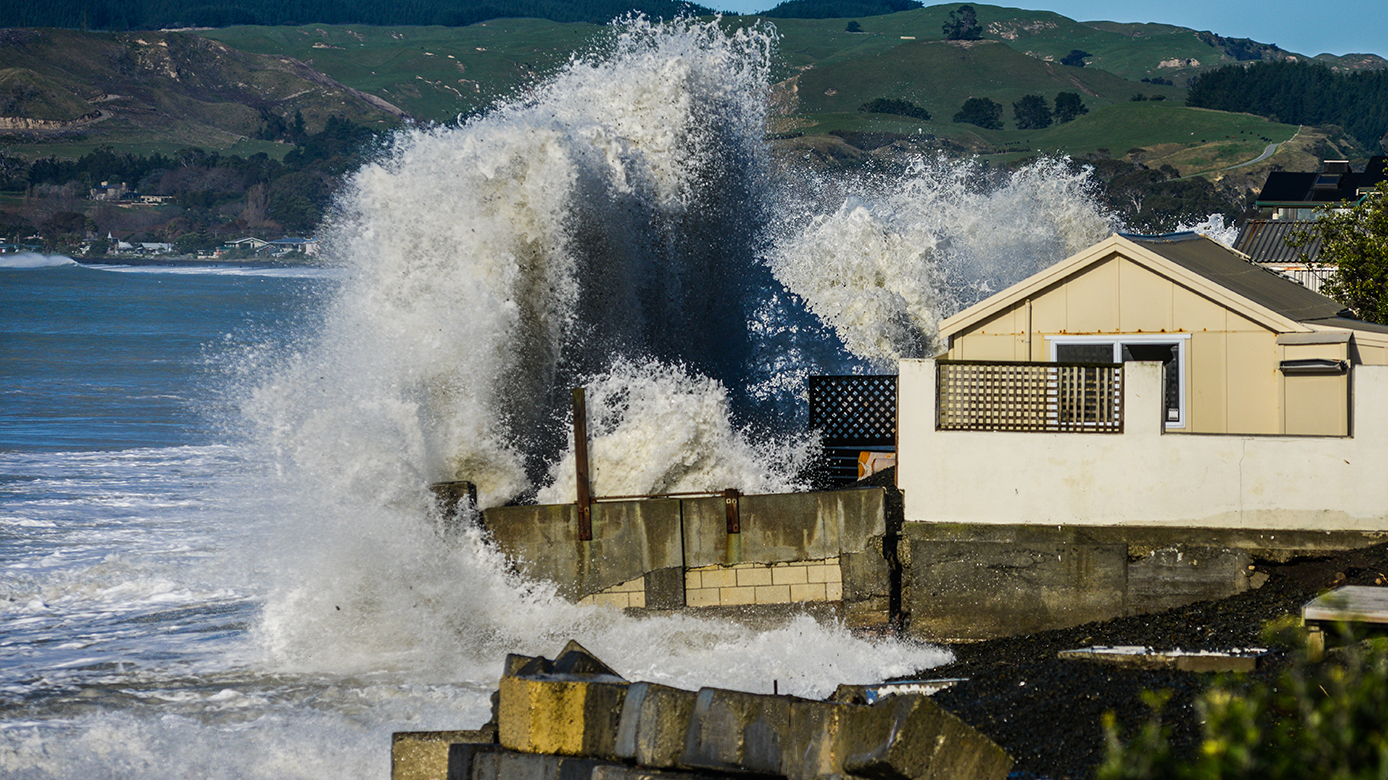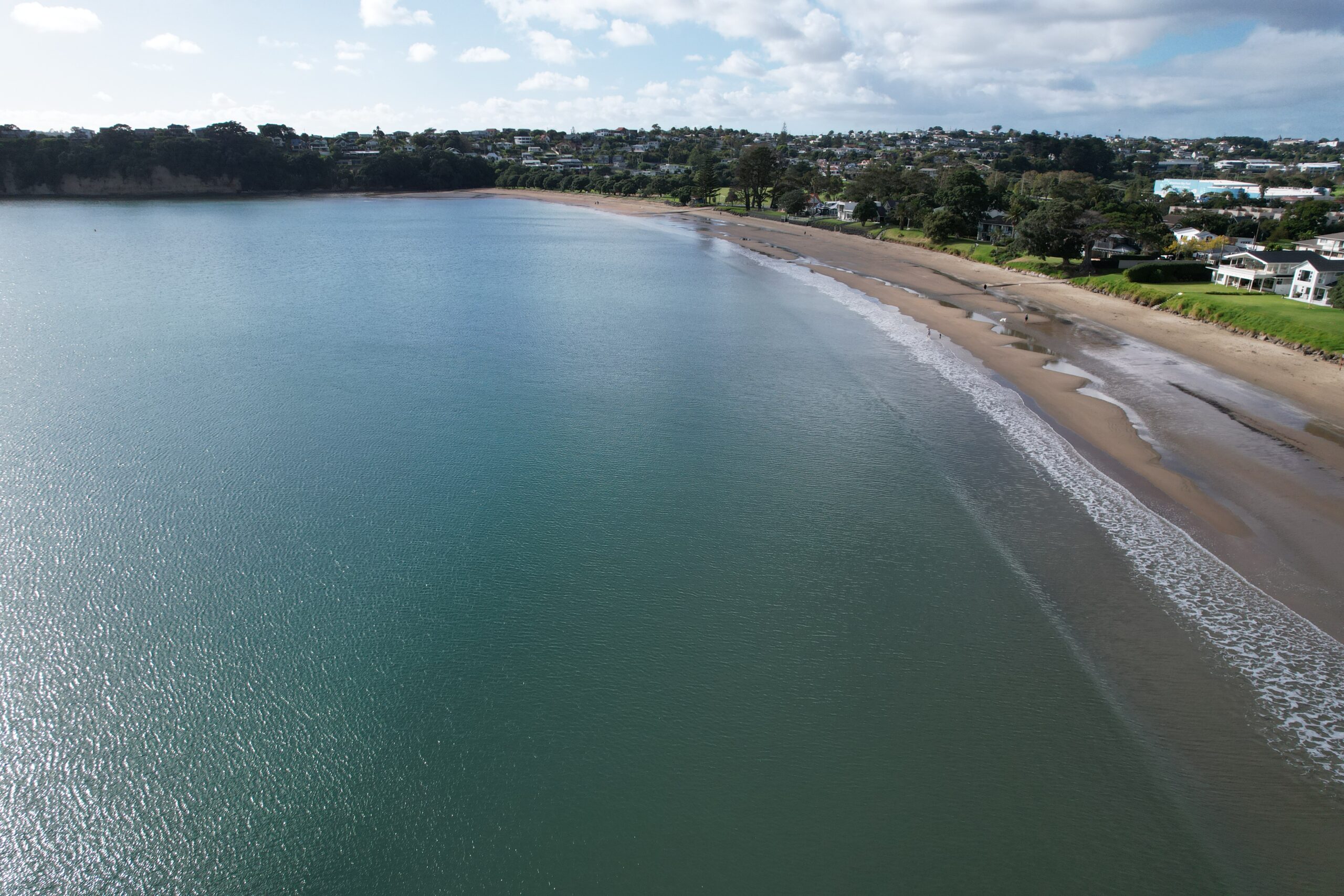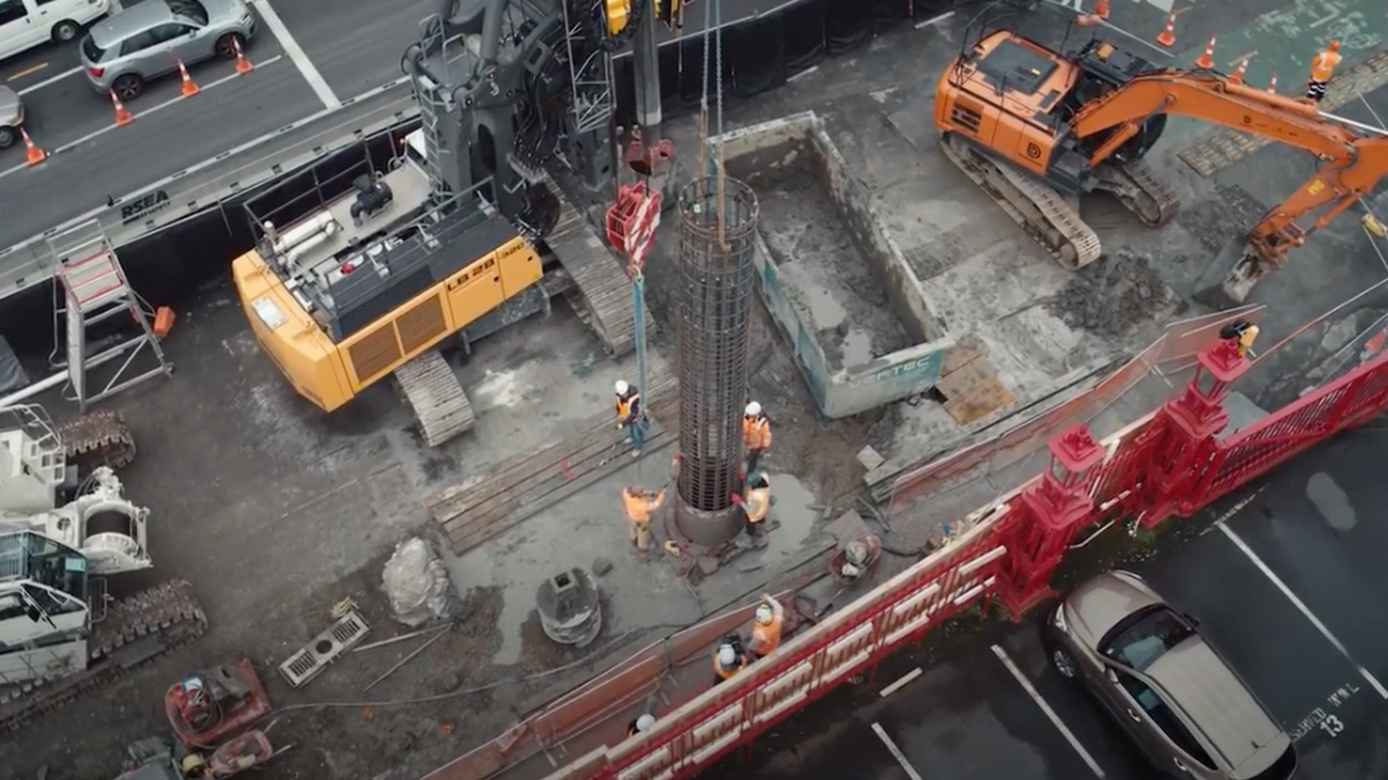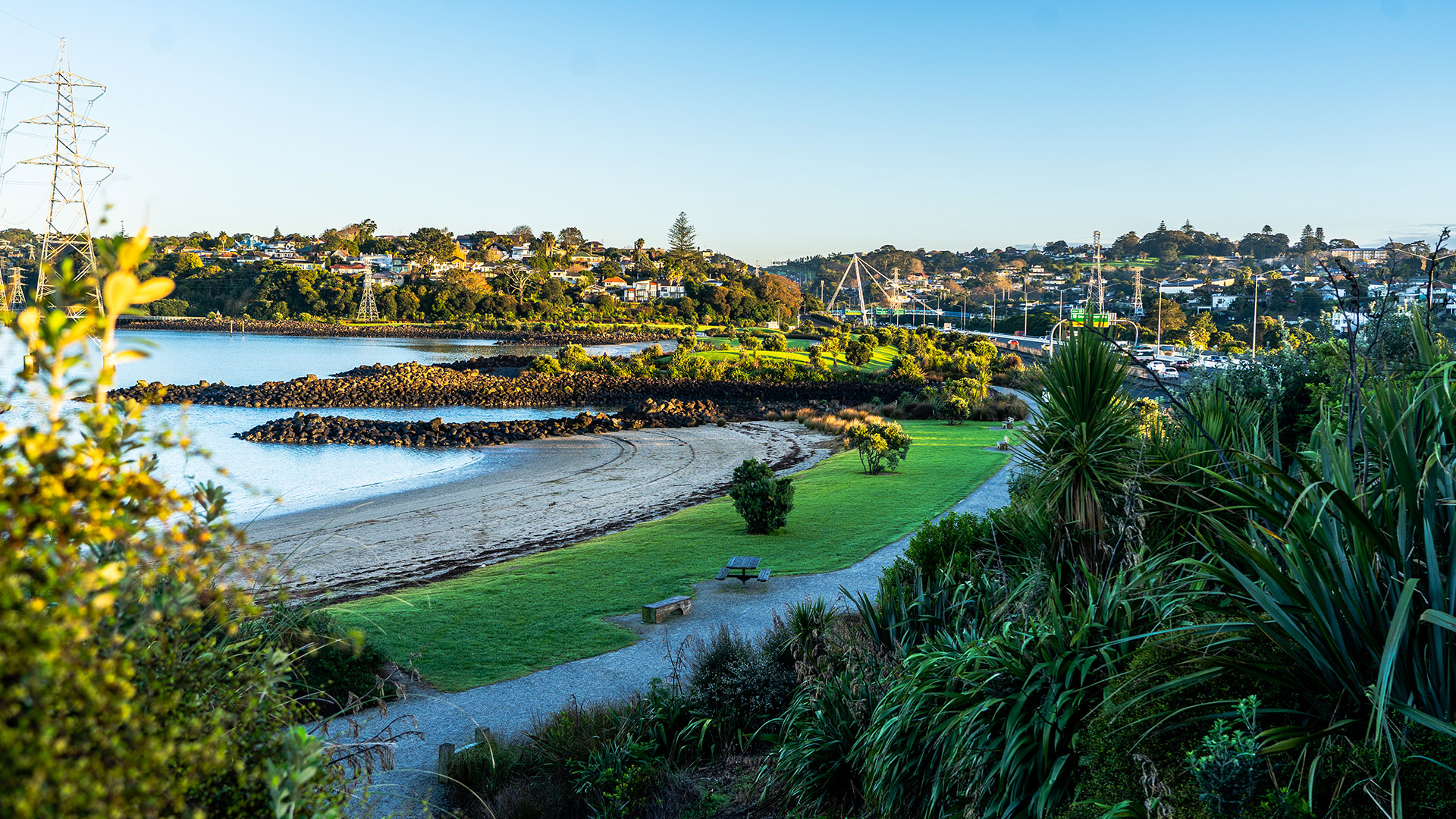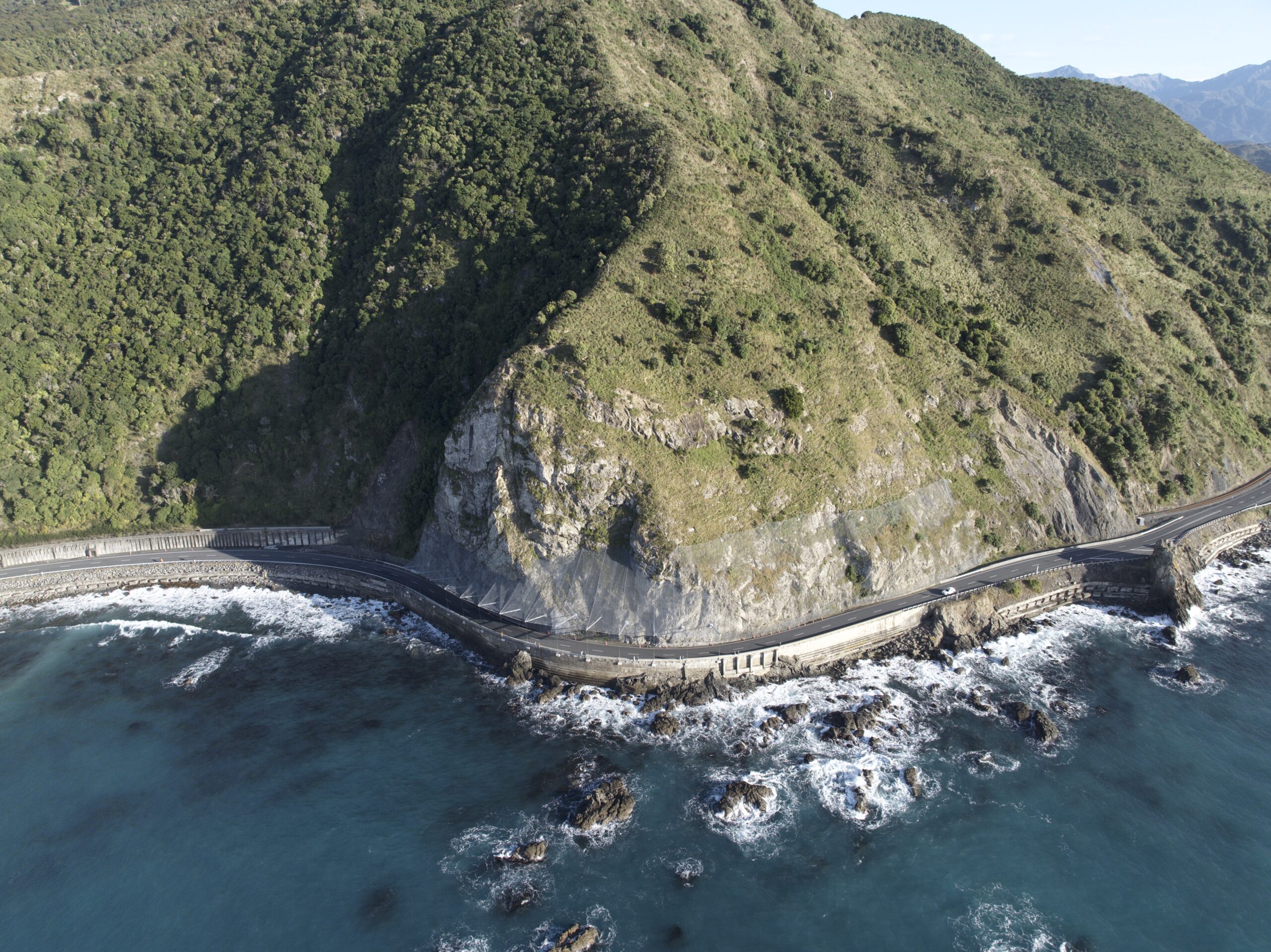Greater Wellington Regional Council (GWRC) is responsible for monitoring, managing, and mitigating flood risks in the Wellington Region, aiming to minimise the impacts of river flooding on people, animals, property, and critical infrastructure. In 2020, GWRC embarked on a comprehensive approach to proactive emergency management, identifying three key focus areas:
- Reviewing flood response procedures and aligning them between GWRC and Wellington Region Emergency Management Operations (WREMO)
- Enhancing flood forecast warnings across the region
- Increase community awareness of flood risk to improve overall community resilience
Tonkin + Taylor was engaged to address these three focus areas through three distinct workstreams: Flood Response, Flood Warning, and Flood Awareness.
Our team facilitated workshops for each workstream, actively involving and engaging these teams in developing solutions. These workshops explored their current approaches, international best practices, and various options. The solutions we designed were tailored to their specific needs and communities and were subject to their review and approval.
Rather than simply providing expert advice, we adopted a shared leadership approach with GWRC and WREMO. This approach recognised the roles, responsibilities, and expertise of the key teams from each agency involved in flood risk management and public interaction. We partnered with leading UK flood risk specialists, RAB Consultants, and Auckland-based digital solutions company Translate Digital across the three workstreams.
The Flood Warning workstream focused on communication methods and messaging content to alert the public about flood risks. Its objective was to enhance response lead time by utilising Flood Early Warning Systems (EWS), which involve flood forecasting and timely issuance of warning messages. This proactive approach aims to save lives, minimise flood damage, and enable emergency responders and the public to take necessary actions.
Within the Flood Warning workstream, two critical components of forecasting technology were delivered – a flood forecast modelling approach and a forecasting platform. The forecasting approach involved utilising specific models tailored to catchment areas or region-wide grids to generate accurate forecasts. The flood forecasting platform served as a comprehensive technological solution, integrating data, managing model simulations, and providing outputs in various formats. Operating 24/7, it featured a user-friendly interface to assist Duty Officers in validating and issuing forecasts.
In the Flood Response workstream, operational response procedures were thoroughly reviewed and updated for GWRC’s hydrology and flood protection teams and the WREMO team. The outcome of this workstream was a comprehensive three-part Flood Response Procedures document. This document outlined flood incident response structures, incident classifications, roles and responsibilities of flood response personnel, and operational procedures to be followed before, during, and after a flood incident. A series of Catchment Guides were also provided, offering more detailed information specific to each catchment area.
The Flood Awareness workstream aimed to establish flood risk-aware communities capable of effectively responding to flood events to protect lives and properties. The primary focus of Flood Awareness was public-facing communication. Its outputs included a key messaging document to be utilised by GWRC and WREMO before, during, and after a flood event. Furthermore, a long-term Communications and Engagement Strategy was developed to enhance community awareness and preparedness regarding flood risks.
These projects collectively contributed to establishing fully informed and resilient communities equipped with the necessary knowledge and resources to respond effectively in the event of a flood. Delivering accurate flood warnings, updated response procedures, and comprehensive communication strategies played a crucial role in mitigating risks and promoting public safety before, during, and after flood incidents.
Our collaboration with GWRC, RAB Consultants, and Translate Digital resulted in robust, purpose-fit solutions. Adopting a shared leadership approach fostered a sense of ownership among the implementation teams, as they actively participated in the design process. Together, we have significantly contributed to creating a safer and more resilient environment in response to flood risks.


